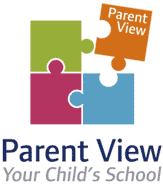Our children are spending more time online than ever before, so it is increasingly important that we work together to teach our children how to safely use the internet.
It is crucial that children and young people know how to behave appropriately online to help them recognise when things do not feel right and take action early. As a family you can start by talking openly about how to use the internet safely, and how to seek help if something goes wrong.
